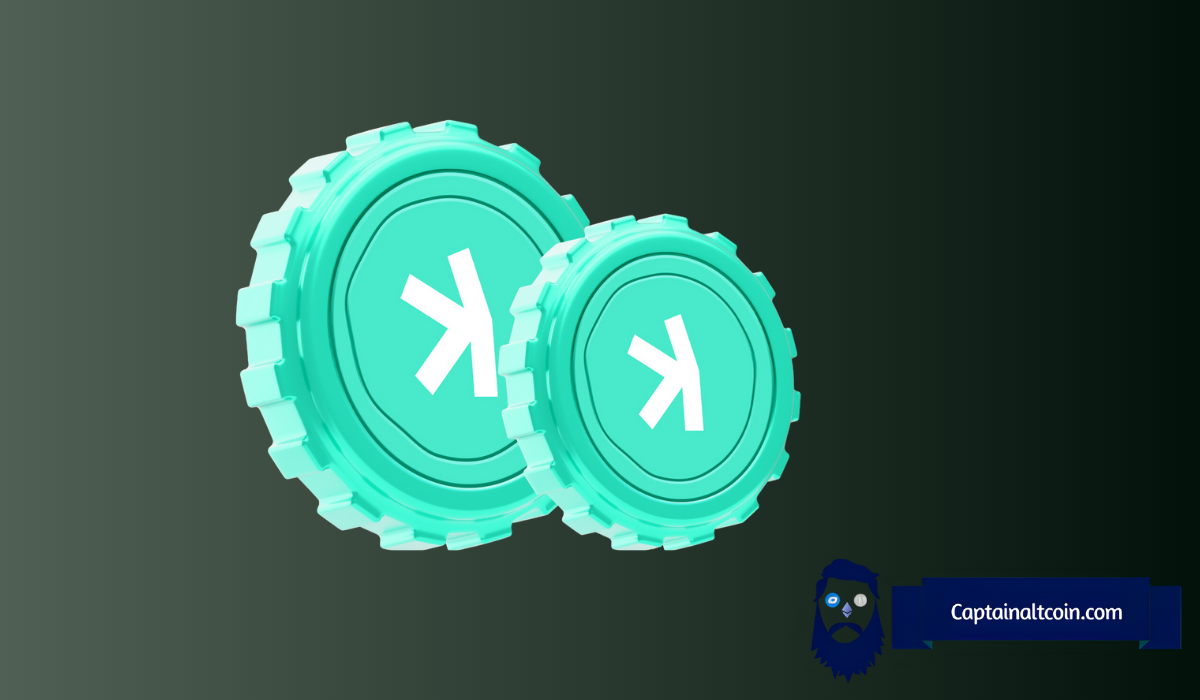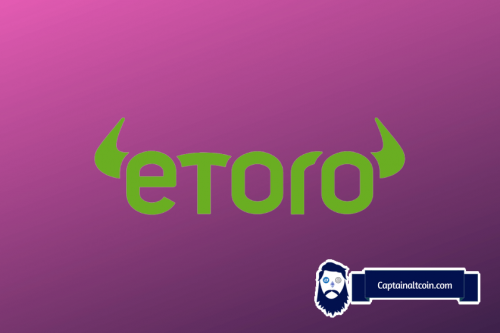
Kaspa has grown into one of the most talked-about proof-of-work projects in recent months. The network keeps proving that speed and scalability are possible even without switching to proof-of-stake.
Its community has expanded fast, Kaspa price has held up well through market turbulence, and new features such as smart contracts are taking shape. Yet one question still puzzles many holders: why isn’t Kaspa listed on Binance?
What you'll learn 👉
CZ’s Response That Got Everyone Thinking
The conversation began when developer CJ (@cjhtech) posted a message on X showing what he described as Binance’s listing offer to his project.
The message claimed the exchange asked for multiple airdrops and deposits, including more than 1% on day one, further airdrops within 6 months, and millions of dollars in security deposits. It also mentioned smaller details such as a $250,000 security deposit and $2 million in BNB.
That post quickly drew a reaction from Jesse Pollak (@jessepollak) who argued that listing should cost “0%” for builders. His post opened the door for Changpeng Zhao (CZ), the founder of Binance, to weigh in on the matter and share what really goes into listing a token on major exchanges.
What CZ Said About Listing Tokens
CZ’s reply offered a detailed look at how exchanges like Binance approach token listings. He explained that if a project feels forced to pay listing airdrops or fees, it might be a sign that the project isn’t strong enough yet. In his words, “If your project is strong, exchanges will race to list your coin.”
Unpopular opinion post:
— CZ 🔶 BNB (@cz_binance) October 15, 2025
On Listing "Fees" (saw this a few times recently)
1. If you are a project complaining about listing airdrops or "fees" (to users),
Don't pay it.
If your project is strong, exchanges will race to list your coin.
If you have to beg an exchange to list,… https://t.co/DtEMb4RdS0
He went on to outline three common listing models. Some exchanges list everything and collect fees as a business model. Others selectively list projects while asking for airdrops or security deposits, which he said helps protect users from scams and failures. Finally, some exchanges mix these methods depending on whether the listing is for spot, futures, or other services.
CZ also reminded developers that no one is forced to adopt any specific business model and that decentralized options like PancakeSwap exist for projects that do not want to deal with centralized exchange requirements.
What This Could Mean for Kaspa
CZ’s comments give context to why Kaspa might not have a Binance listing yet. Kaspa was fairly launched, meaning there was no pre-allocation or early investor advantage. That makes it one of the few major tokens today without venture backing or centralized funding.
While this adds credibility in the eyes of many in the community, it could also mean Kaspa developers lack the resources to meet the large listing demands that other exchanges can afford.
The Kaspa token also runs on its own proof-of-work infrastructure, which might not fit smoothly into Binance’s typical integration process. Exchanges often prefer networks that align with their existing infrastructure, and Kaspa’s unique blockDAG system could require more technical work before being supported fully.
It is also possible that Binance wants to see longer-term ecosystem growth before committing to a spot listing. The exchange already allows KAS trading through its futures contracts, but that does not mean a spot listing is guaranteed. Futures allow speculation, while spot listings signal stronger validation of a project’s fundamentals and user demand.
Read Also: Dogecoin (DOGE) Chart Reveals a Dangerous Gap, And It Might Be About to Fill Fast
Is Kaspa Meeting the Criteria?
Based on CZ’s explanation, Kaspa could be facing several layers of challenge. It may not be offering the kind of incentives or airdrops that centralized exchanges look for, nor might it fit the selective criteria that Binance applies to spot listings. At the same time, Binance might simply be waiting for the Kaspa ecosystem to mature through more decentralized apps, higher liquidity, or clearer compliance structure.
For now, Kaspa continues building. Its developers focus on technology and decentralization rather than negotiations or promotional listings. That approach has earned it respect among proof-of-work advocates who see it as one of the most honest blockchain projects in the space.
We recommend eToro
Wide range of assets: cryptocurrencies alongside other investment products such as stocks and ETFs.
Copy trading: allows users to copy the trades of leading traders, for free.
User-friendly: eToro’s web-based platform and mobile app are user-friendly and easy to navigate.









